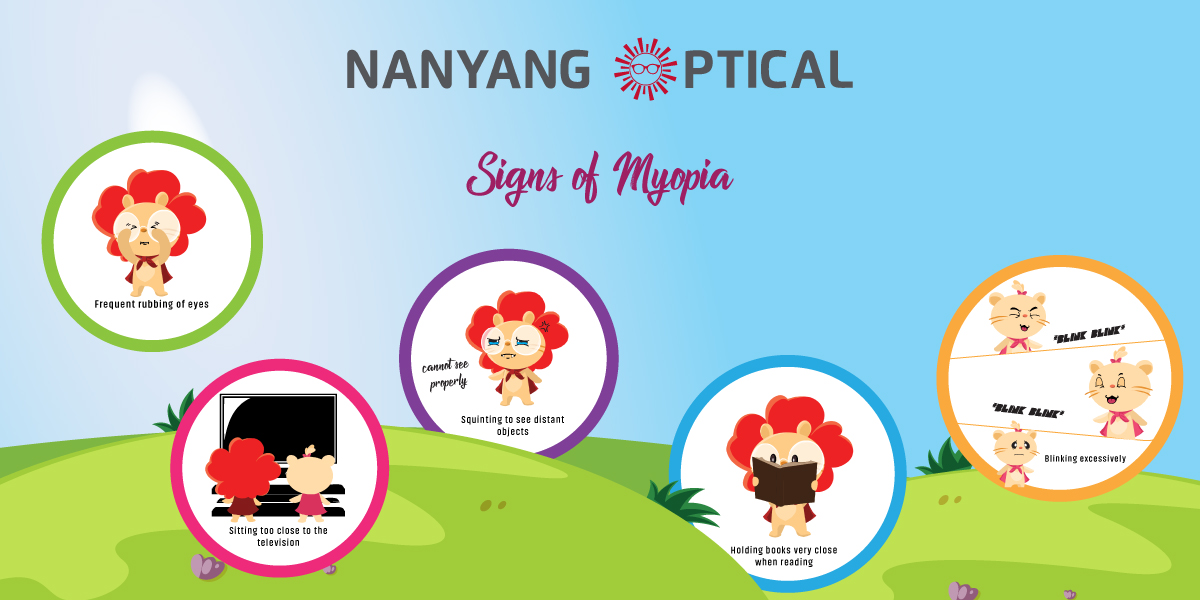Are more kids in Singapore developing Myopia as we progress?
By: Editorial team
Kids and digital gadgets these days are practically inseparable. With many young children spending hours in front of a computer or electronic gadget, chances of getting myopia, or short-sightedness, at an early age is high.
Children with myopia experience difficulty in seeing things that are far away. They may start squinting, sitting too close to the television, bringing their books too close to their faces, or having difficulty in school because they are unable to see the board. These are common symptoms of myopia developing.
As myopia typically starts developing when a child is around eight years old, parents need to be able to recognise these signs so that they can arrange for their child’s vision to be checked as early as possible.
In Singapore, 65% of the children is myopic by Primary 6 (Gan, 2019). A recent study by the Singapore Eye Research Institute and National University of Singapore showed that about 70% of Singaporean teenagers between the ages of 11 and 18 are myopic.
Other similar studies suggest that one main reason for the rise of myopia in children today is the lack of time spent outdoors.
Largely because of Singapore’s current affluence, we have the highest ownership rates in the world for hand-held gadgets. The increased focus on the pursuit of academic performance leads to increase in near-distance work. This is much unlike our parent’s generation when children spent most of their time outdoors, where the bright, natural light helped to develop eye-focus correctly. Sunlight releases a chemical in our eyes called dopamine, which can help manage the Myopia.
We should not be taking a myopic view on myopia. Although technology has afforded us solutions like special eye drops, spectacles, and contact lenses, we should also do our part and encourage our children to spend more time outdoors. All around Singapore, there are beautiful parks or playgrounds for children to run around in.
